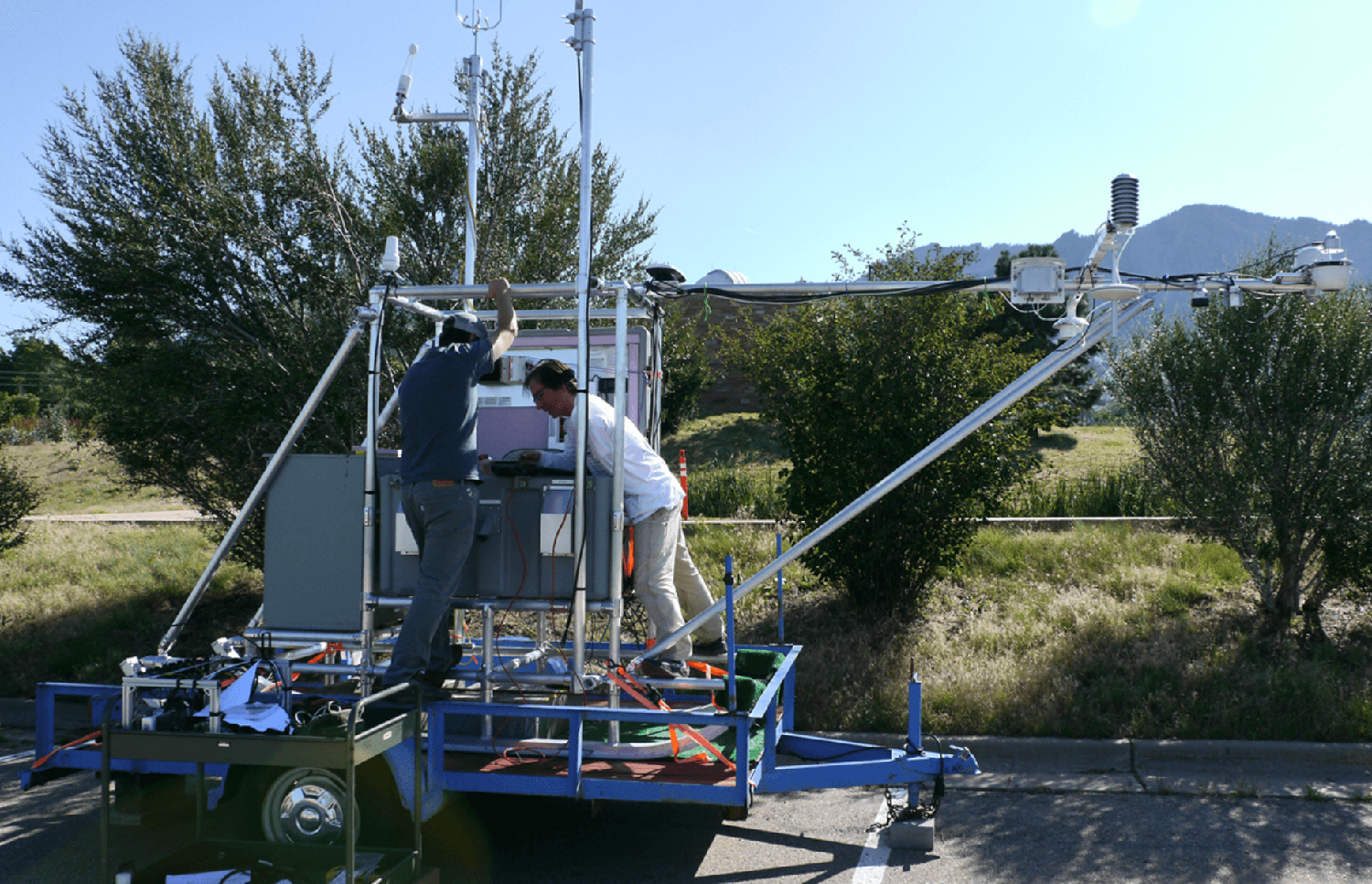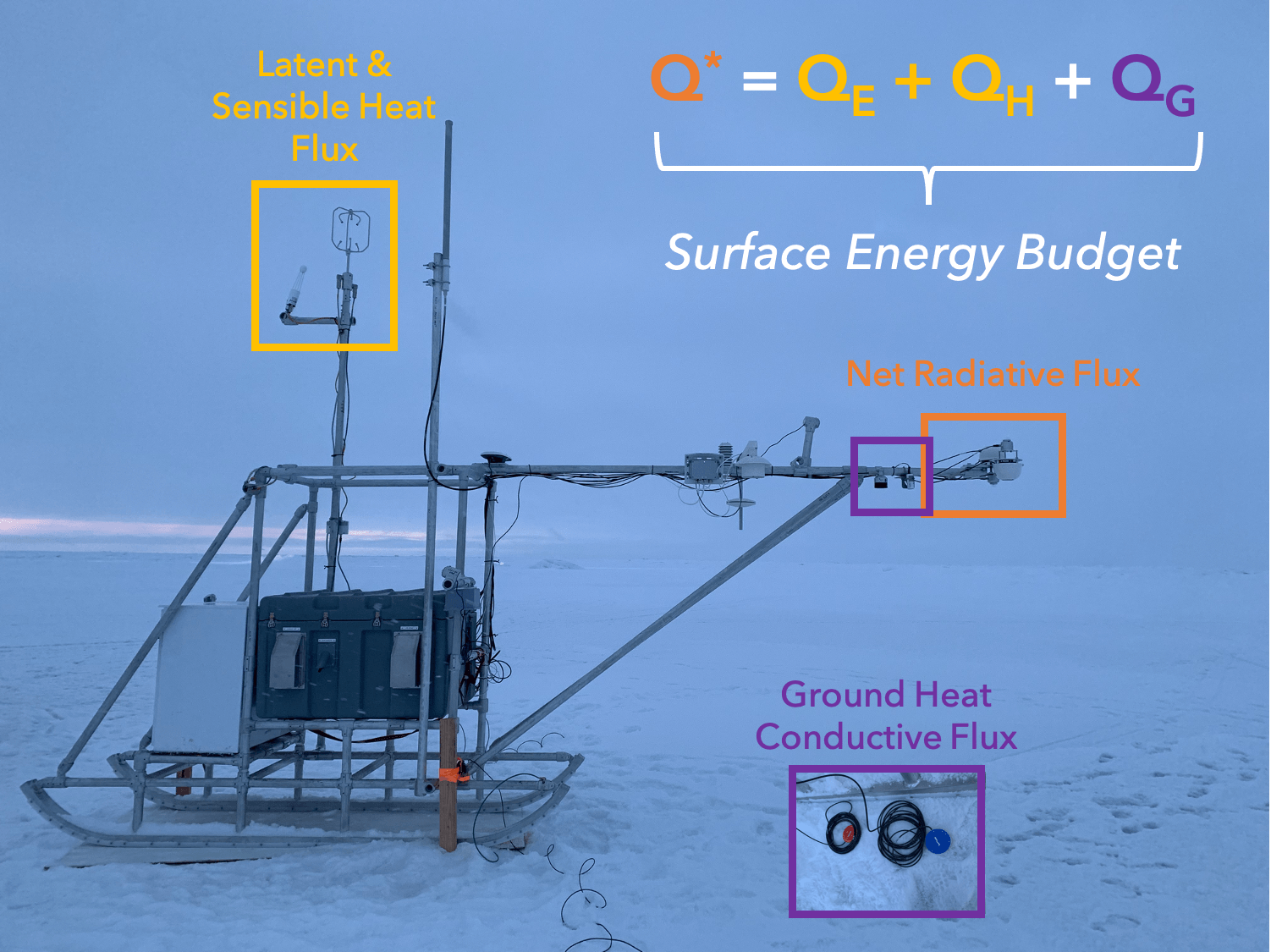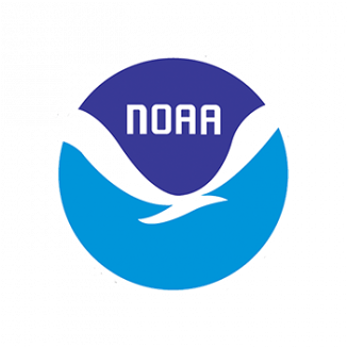Atmospheric Surface Flux Station
The Atmospheric Surface Flux Stations (ASFS) were developed at the Physical Sciences Laboratory (PSL) in Boulder, Colorado. Within PSL, engineers and scientists from the Cooperative Institute for Research in Environmental Sciences (CIRES) and NOAA built the ASFS to be a moveable instrument tower that collects atmospheric data in the Arctic for one whole year as part of the Multidisciplinary drifting Observatory for the Study of Arctic Climate (MOSAiC) expedition.
The purpose of the ASFS is to measure all components of the surface energy budget – net radiative flux, latent and sensible heat flux, and sub-surface conductive heat flux. By analyzing these measurements, researchers can gain insight into both local and regional weather and climate systems. These data sets will be used to improve processes represented in models, which will lead to better sea ice forecasts and climate model predictions. Additionally, they will give scientists more insight into the spatial variability of the region, which impacts the initial model conditions.
Development of the ASFS required that the system be autonomous – able to power and maintain itself for an extended period. This feature allowed the ASFS to be distributed at the outer edges of the MOSAiC observational domain, where land or ship power was not available. By distributing the ASFS at locations far from the central observatory, scientists could collect observations about the sea ice pack and the atmosphere from a wide variety of locations. Additionally, the ASFS was built on skis, to make the assembly and movement of the stations much easier.
Communicating with the ASFS
- Radio Antenna – main form of communication, distance up to 10km
- Satellite – functional, but only used as a backup to the radio antenna (more limited)
- Local hard drive – internal microSD cards, can store data locally for up to two months
Powering the ASFS – Methanol Fuel Cells
- Reliable in extreme weather conditions
- No harmful emissions, only exhausts water
- Lower fuel consumption than other fuel options (one 60 L cartridge could last a month)
Collecting Measurements
- Net Radiative measurements – Upwelling and downwelling shortwave and longwave radiation
- Sub-surface Conductive Flux measurements – Conductive heat transfer between the surface and the atmosphere
- Latent and Sensible Heat Fluxes – Turbulent and moisture heat fluxes
- Momentum Fluxes – Transfer of momentum between atmosphere and ice
- Meteorological Measurements – Temperature, relative humidity, pressure
What’s Next?
ASFS technology can be used for many other applications, including on land and buoy-based systems. The current sled structure will continue to be utilized during experiments over the sea ice, and future ASFS modifications will include developing structures to better accommodate both land and ocean platforms. Plans are already in place for the ASFS technology and its instruments to be utilized in two upcoming field experiments: SPLASH, and a Navy ocean buoy program.
As for future development of the ASFS, researchers would like to do a better job of measuring the sub-surface heat flux and temperature profile (work in progress). Other goals include better communications via both radio and satellite (both exist, but both could be better), and improved management of the fuel cell exhaust (which would sometimes freeze in the cold Arctic conditions). The ASFS has proven to be a valuable asset in the collection of surface energy budget measurements, and we hope to continually improve its features.







